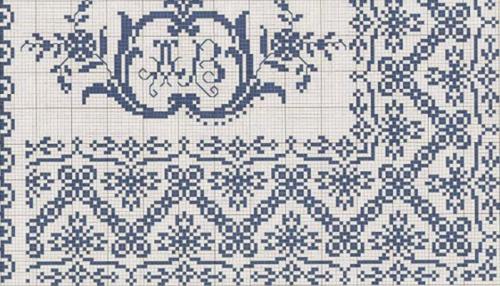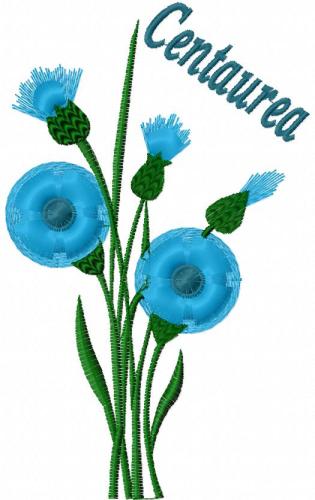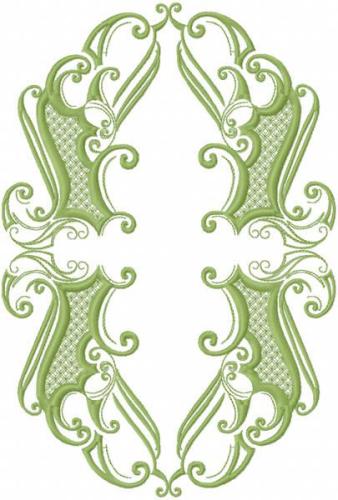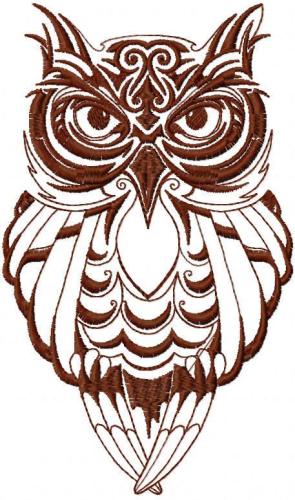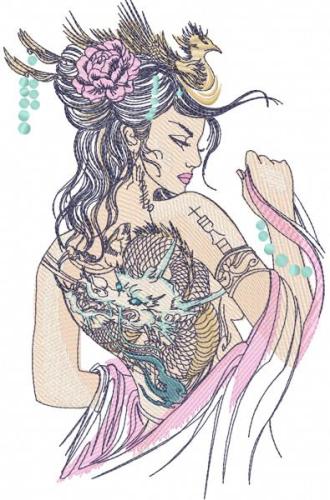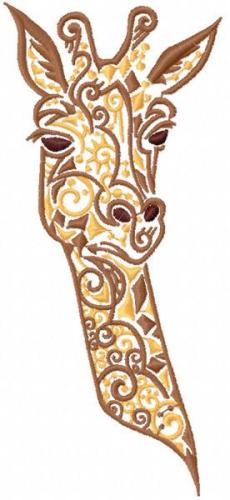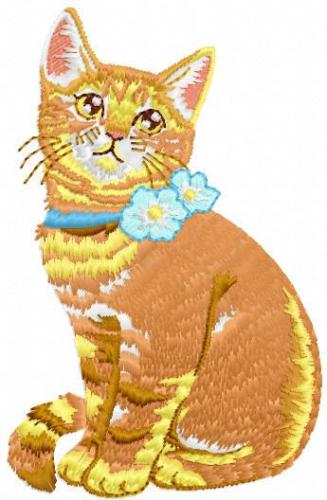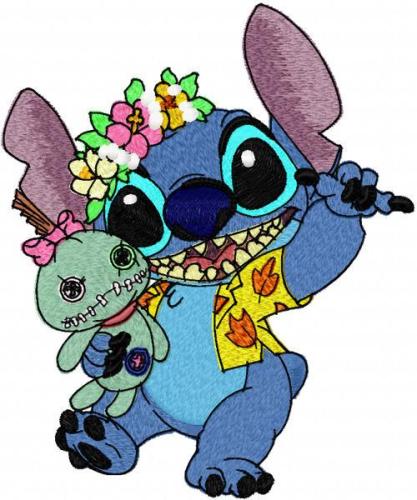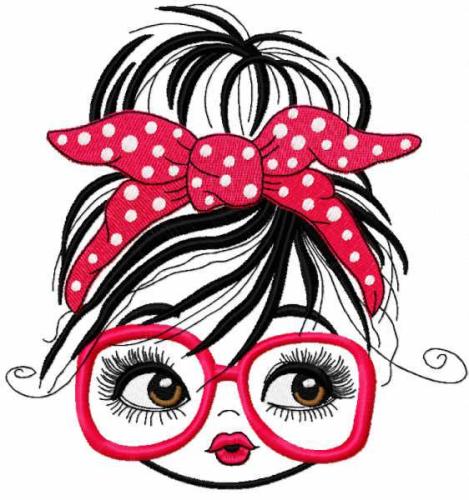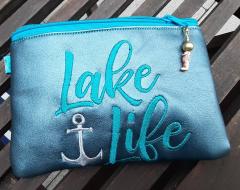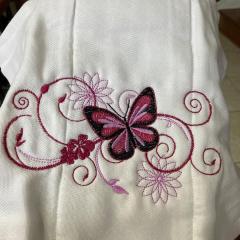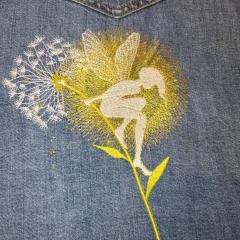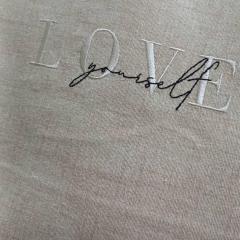
Guide to Mastering Fur Stitch Technique in Machine Embroidery
Unleashing Creativity with Fur Stitch: A Key Technique in Embroidery Digitizing
In DGML by Pulse there is an option which also come standard to allow you to make a stitch called a fur stitch. However I like the manual way which is available in many other levels. I will illustrate both in this document. Why should you use a fur stitch ? Well a fur stitch can be used as a layer to add depth to a design, here are a few examples where the design has a fur stitch as the base layer or as an accent.
Machine embroidery is a distinctive art form that demands mastery of specific techniques to yield remarkable designs. One such technique that can dramatically enhance your creations is the Fur Stitch. By understanding and perfecting this technique, you can revolutionize your approach to machine embroidery digitizing and transform your work into highly textured, realistic designs.
The Essence of Machine Embroidery
Machine embroidery thrives on precision and technique, translating intricate designs into a tangible reality. The real magic unfolds when a meticulously designed pattern gets transferred to fabric through the digitizing process, laying the groundwork for an awe-inspiring, embroidered masterpiece.
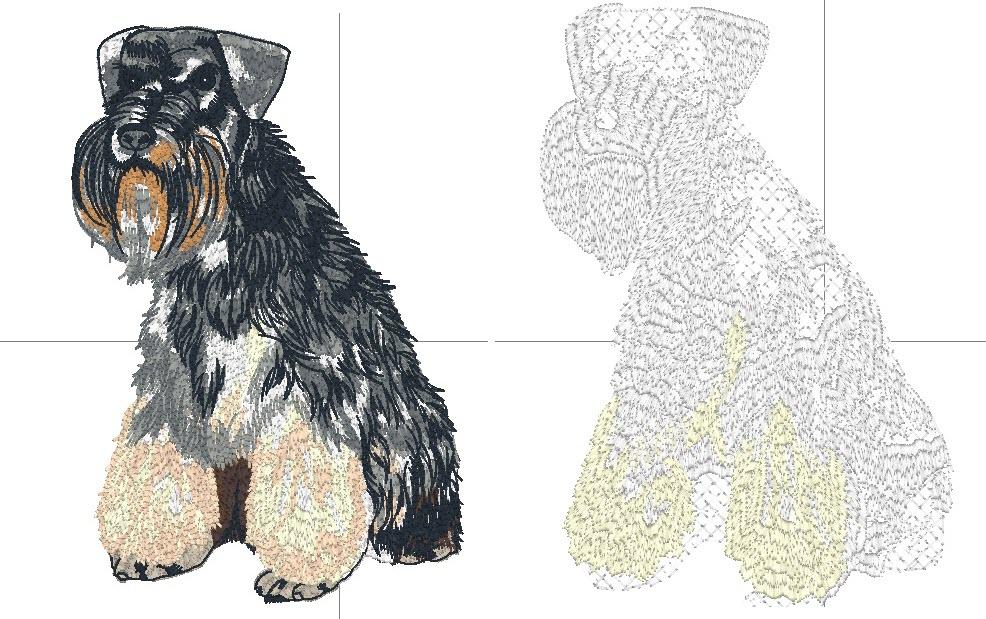
Example 1
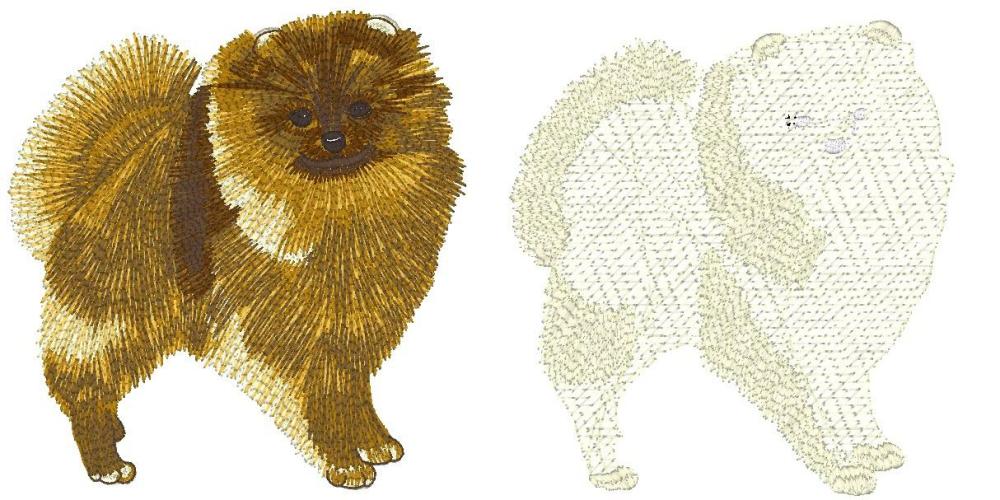
Example 2
So what are the two methods ? Well in DGML by Pulse if you have Maestro level you will have the option to make a stitch called a fur stitch.
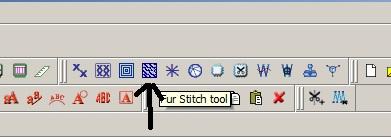
This tool has some presets built into it . and here is what the tool stitch looks like.
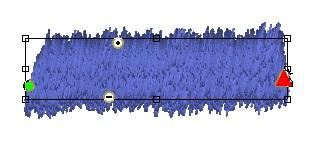
Here is what the satin tool option looks like both are very similar. Lower density is often associated with the fur stitch as its their to add texture.
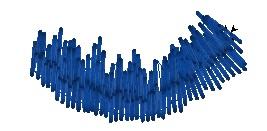
When your using this technique your going to want to add a few layers of top stitches. Here are the next several layers.
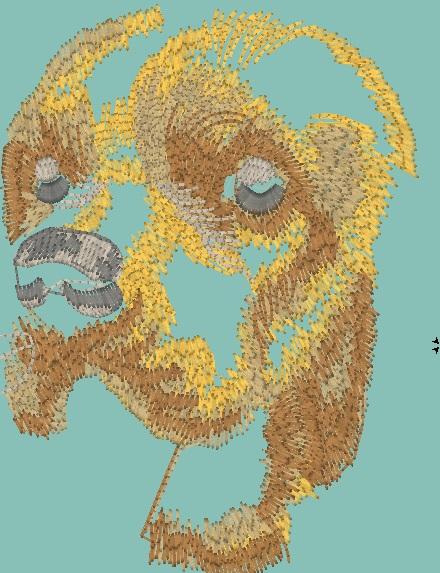
These layers are made up of similar color palettes to allow blending on the colors using various patterns, densities and stitch types will allow you to make detailed designs. In this case the design used the fur stitch technique for all these layers, but at a lower density of 28 spi.
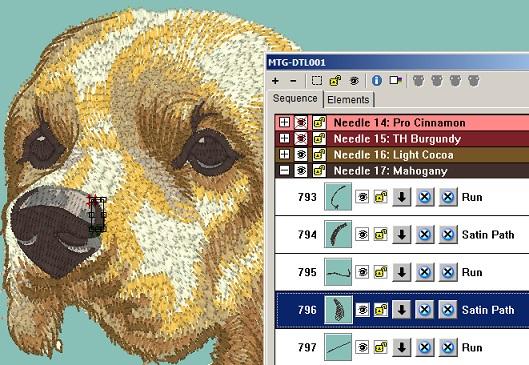
In the above layers they used run stitches, and regular satin stitches to add the detail.
After you pull all the data together you get one awesome design.
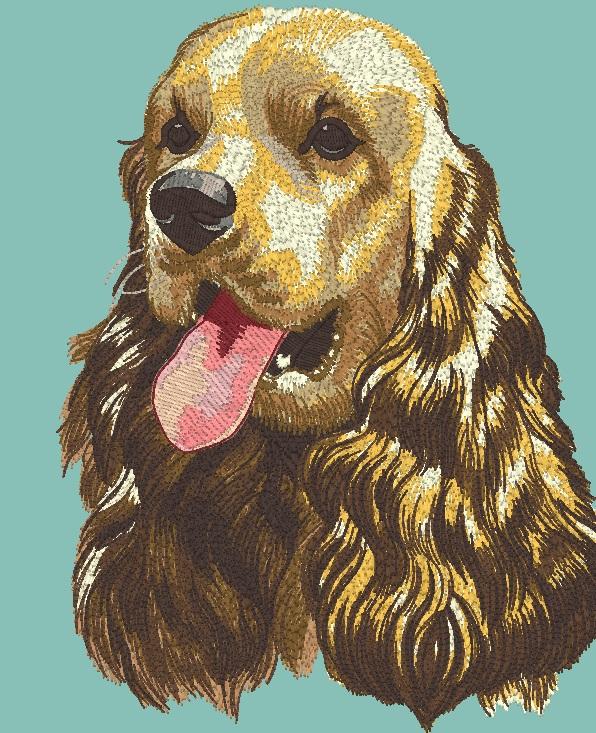
Embracing the Fur Stitch Technique
The fur stitch technique holds immense potential for embroiderers looking to bring lifelike texture and depth to their designs. The "fur stitch" is a digitizing technique that involves varying stitch directions and lengths to mimic the look of animal fur or fluffy textures. When used adeptly, this technique can provide stunning realism to animal-themed designs, or add an extra dimension of texture to any piece.
How to Master the Fur Stitch Technique?
- Understand the Concept: Begin by understanding that the fur stitch is all about playing with stitch lengths and directions. The goal is to create a look that resembles fur by layering stitches over each other and varying their direction.
- Analyze Real Fur: Before you embark on your digitizing journey, spend time analyzing real fur, if you can. Look at the direction, length, and density of the fur. This understanding will guide you as you map out your design.
- Digital Implementation: Start by laying the base layer of stitches, keeping them slightly longer than normal. After that, add shorter stitches, layering them to create depth and dimension.
- Stitch Direction: The stitches' direction must be varied and irregular to emulate real fur. The more random the stitches are, the more natural the fur will look.
- Practice Makes Perfect: Don’t be disheartened if your first few attempts don’t turn out as expected. The fur stitch technique requires patience and practice to master. Keep experimenting with different stitch lengths, directions, and densities.
Expanding Your Embroidery Horizons with the Fur Stitch
Once you have honed the fur stitch technique, you’ll be amazed at how it adds depth and lifelikeness to your designs. Whether you are creating adorable stuffed animals, designing realistic wildlife scenes, or simply adding texture to an otherwise flat design, the fur stitch can elevate your work to new heights.
Conclusion
Embroidery is a skill, an art that evolves with every stitch you make. The fur stitch technique is a valuable tool in your machine embroidery digitizing arsenal, capable of transforming your designs into highly realistic and textured works of art. So, keep practicing, keep experimenting, and watch your designs come alive with the fur stitch technique.
Embrace this technique today and revolutionize your machine embroidery designs. The world of creativity awaits!
-
 1
1



